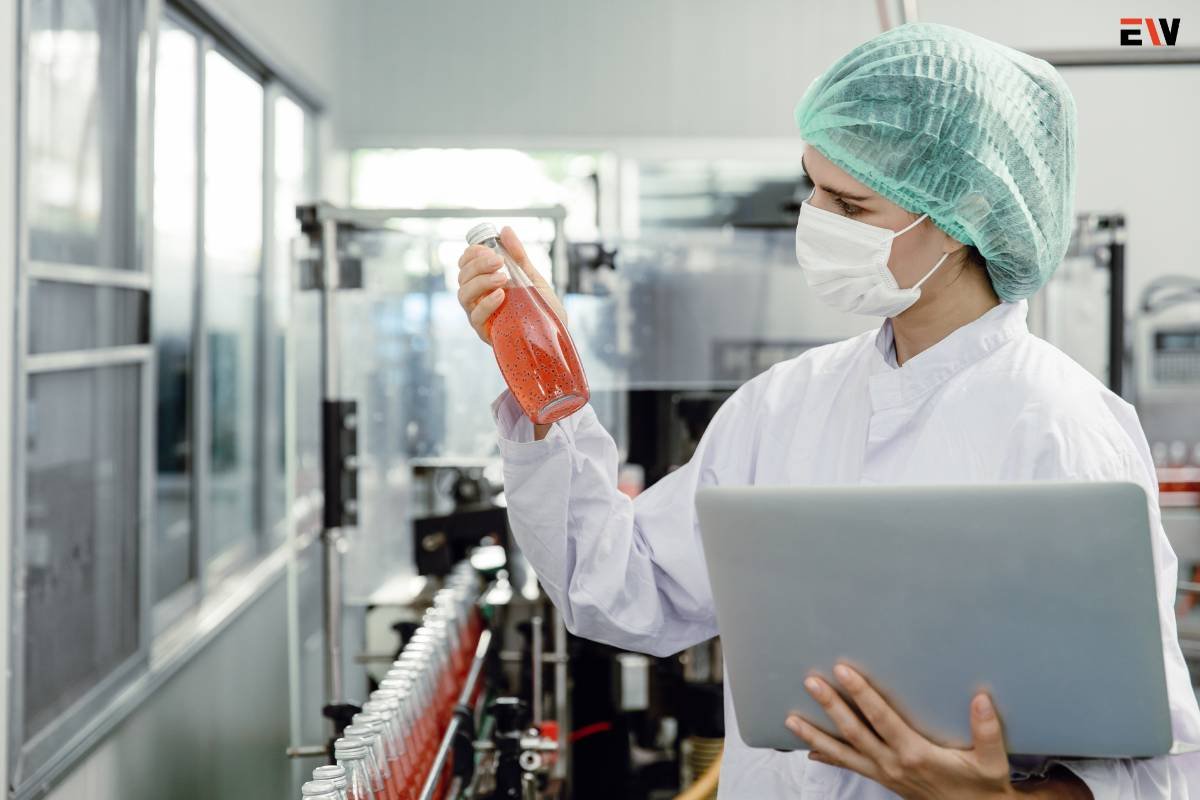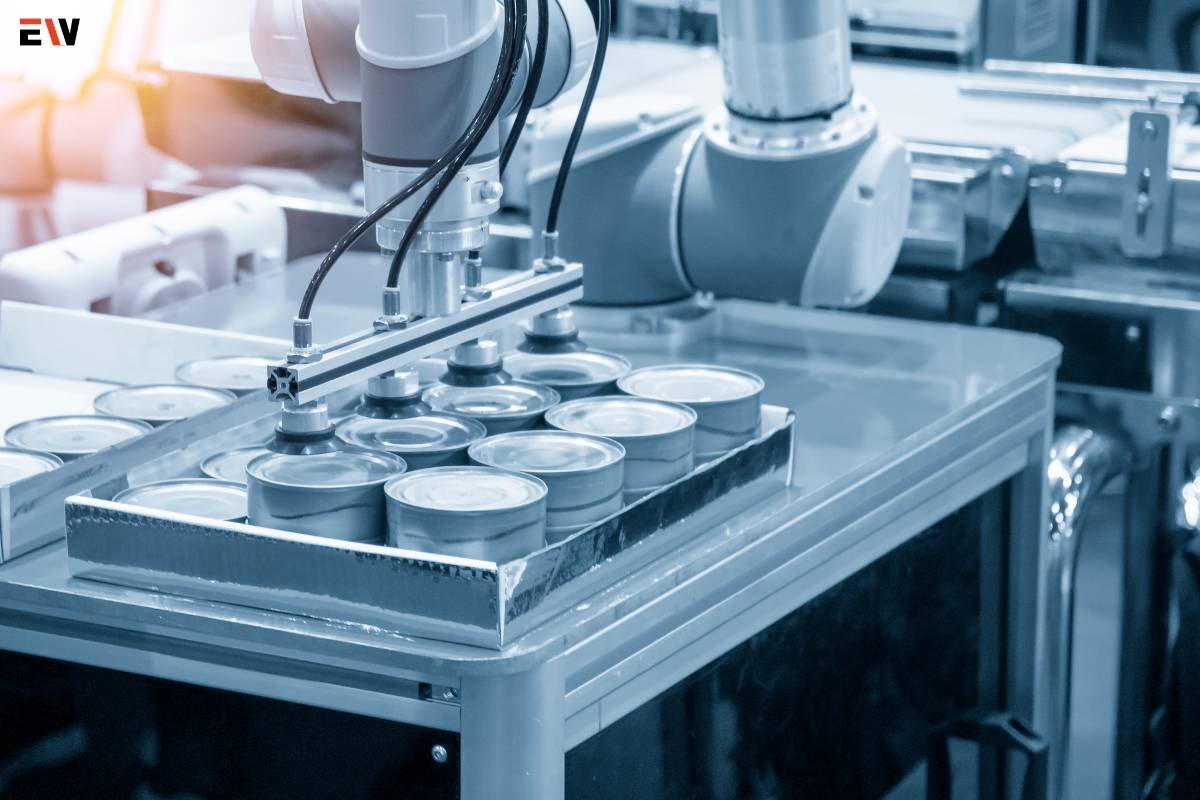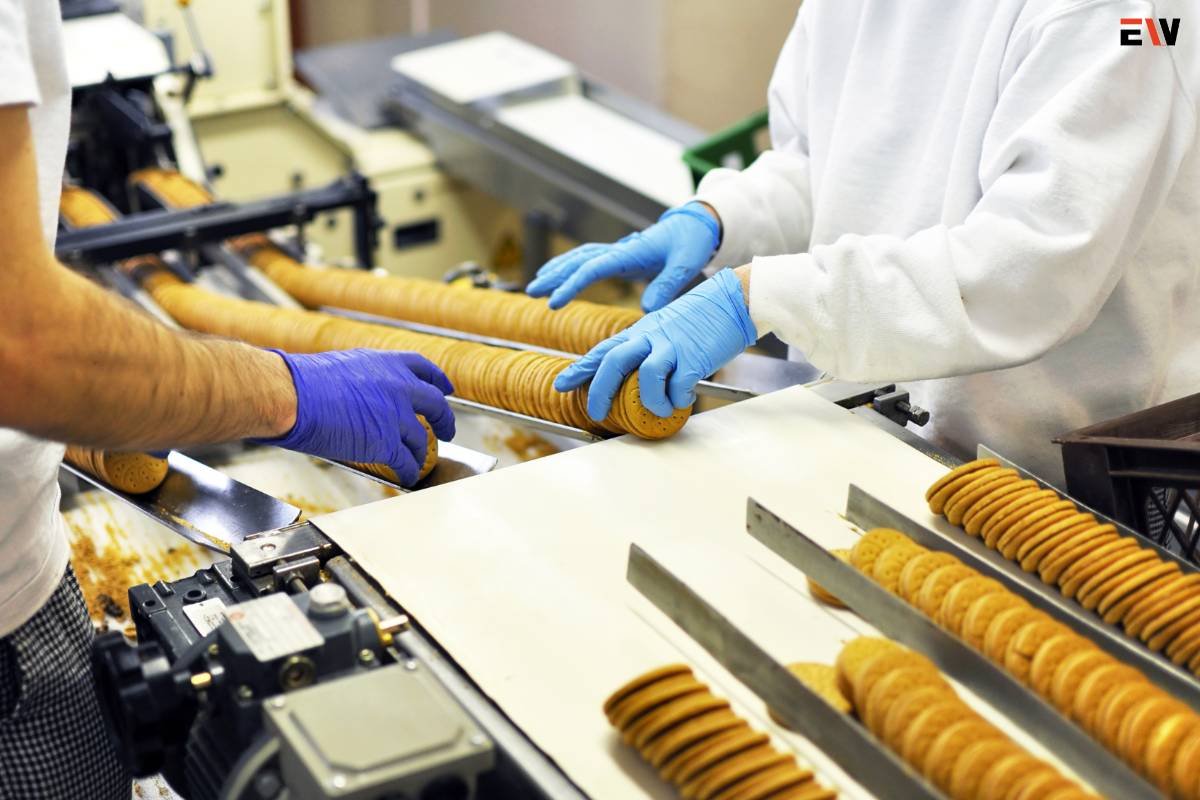The manufacturing of food has undergone a profound transformation. From traditional methods to cutting-edge technologies, the process of producing food has evolved to meet the demands of a growing global population. This article explores the intricacies of food manufacturing, delving into key processes, innovative technologies, sustainability considerations, and the impact of modern food production on the culinary landscape.
Manufacturing of Food: The Art and Science
1. Ingredient Sourcing and Quality Control
The journey of food manufacturing begins with the careful selection of raw ingredients. Manufacturers must ensure the quality, freshness, and safety of ingredients, often collaborating with farmers and suppliers to maintain high standards.
2. Recipe Formulation and Product Development
Crafting a successful food product involves meticulous recipe formulation. Food scientists and chefs collaborate to balance flavors, textures, and nutritional profiles, creating products that meet consumer preferences and dietary trends.
3. Processing Techniques
Various processing techniques are employed based on the type of food being manufactured. Common methods include baking, frying, freezing, canning, and extrusion. Each technique preserves or transforms food in specific ways to achieve desired attributes.
4. Packaging Innovations
Packaging plays a crucial role in preserving the freshness and quality of manufactured food. Innovations in packaging technologies, such as vacuum sealing, modified atmosphere packaging, and smart packaging, contribute to extending shelf life and reducing food waste.
5. Quality Assurance and Testing

Rigorous quality assurance measures are implemented throughout the manufacturing process. From sensory evaluations to laboratory testing, manufacturers ensure that products meet safety standards, adhere to regulations, and maintain consistent quality.
Modern Technologies Shaping Food Manufacturing
1. Automation and Robotics
Automation has revolutionized the manufacturing of food by enhancing efficiency and precision. Robotics are employed for tasks like ingredient handling, assembly, and packaging, reducing human intervention and ensuring consistency.
2. High-Pressure Processing (HPP)
HPP is a non-thermal food processing technology that uses high pressure to inactivate bacteria, viruses, and other pathogens while preserving the freshness and nutritional content of food. This method is widely used for juices, guacamole, and deli meats.
3. 3D Printing of Food
Emerging as a futuristic method, 3D printing allows the creation of intricate food structures layer by layer. This technology enables customizable shapes and textures, opening up new possibilities for personalized and visually appealing food products.
4. Precision Fermentation
Precision fermentation involves using microorganisms to produce specific ingredients, such as proteins and flavors, without traditional agriculture. This sustainable approach reduces the environmental impact of food production while meeting the demands for plant-based alternatives.
5. Internet of Things (IoT) in Food Manufacturing

IoT technologies are integrated into food manufacturing processes for real-time monitoring and control. Sensors track parameters like temperature, humidity, and equipment performance, ensuring optimal conditions and minimizing waste.
Sustainability in Food Manufacturing
1. Reducing Food Waste
Sustainable manufacturing of food involves minimizing waste throughout the supply chain. Innovative packaging, portion control, and repurposing by-products contribute to reducing the environmental footprint of food production.
2. Energy-Efficient Practices
Manufacturers are adopting energy-efficient technologies and practices to reduce the environmental impact of food production. From solar-powered facilities to energy recovery systems, the focus is on minimizing energy consumption.
3. Circular Economy Principles
Embracing the circular economy model, food manufacturers aim to create a closed-loop system where by-products are repurposed or recycled. This approach aligns with sustainability goals by minimizing the use of resources and reducing waste.
4. Sustainable Sourcing
The sustainability of food manufacturing extends to ingredient sourcing. Manufacturers are increasingly prioritizing locally sourced, seasonal, and responsibly produced ingredients to support ethical and environmentally friendly practices.
5. Water Conservation Measures
Water is a precious resource in food manufacturing, and sustainable practices include implementing water conservation measures. This may involve water recycling, efficient irrigation methods, and the use of water-saving technologies.
Challenges in the Modern Manufacturing of food
1. Balancing Innovation with Tradition

Striking a balance between embracing innovative technologies and preserving traditional culinary practices is a challenge faced by food manufacturers. Maintaining the authenticity of flavors while incorporating modern methods requires a delicate approach.
2. Regulatory Compliance
Navigating the complex landscape of food regulations and standards is a continuous challenge. Food manufacturers must stay updated on evolving regulations, ensuring that their products meet safety and labeling requirements.
3. Consumer Preferences and Trends
Adapting to rapidly changing consumer preferences and food trends poses a challenge for manufacturers. The demand for healthier, sustainable, and ethically sourced products requires agility in product development and marketing strategies.
4. Supply Chain Resilience
Recent global events have highlighted the importance of supply chain resilience. Food manufacturers face challenges in ensuring a consistent supply of raw materials, managing logistics, and responding effectively to disruptions.
5. Educating Consumers
The introduction of novel food technologies often requires educating consumers about their benefits and safety. Transparency in labeling, clear communication about production methods, and consumer education initiatives are essential for building trust.
Conclusion
In conclusion, the manufacturing of food is an intricate interplay of science, technology, and culinary artistry. From traditional recipes passed down through generations to the cutting-edge technologies shaping modern production, the world of food manufacturing is diverse and dynamic. As the industry navigates challenges, embraces sustainability, and responds to evolving consumer expectations, the future of food manufacturing holds exciting possibilities. It is a journey of continuous innovation, where the delicate balance between tradition and progress defines the culinary landscape. Ultimately, food manufacturing is not just about creating sustenance; it’s a reflection of our evolving tastes, values, and the quest for a more sustainable and delicious future.










